GLOSSARY
Not sure how to drizzle, zest, or glaze? Use this glossary of baking terms
to speak
fluent Julia Child—and pull off your recipe like a pro.
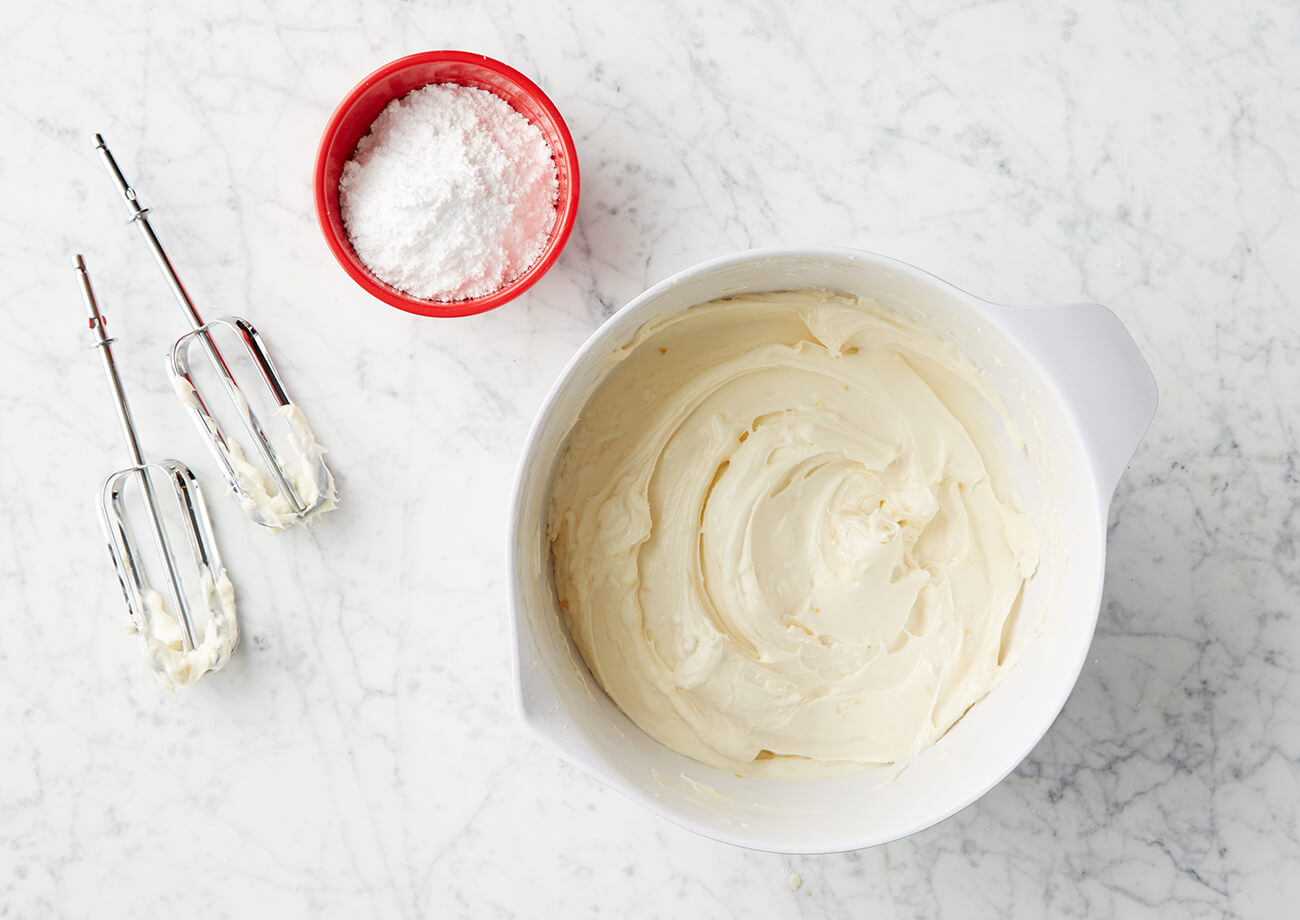 BEAT
To thoroughly combine ingredients and incorporate air using a rapid, circular motion. This may be done with a wooden spoon, whisk, or electric mixer.
BEAT
To thoroughly combine ingredients and incorporate air using a rapid, circular motion. This may be done with a wooden spoon, whisk, or electric mixer.
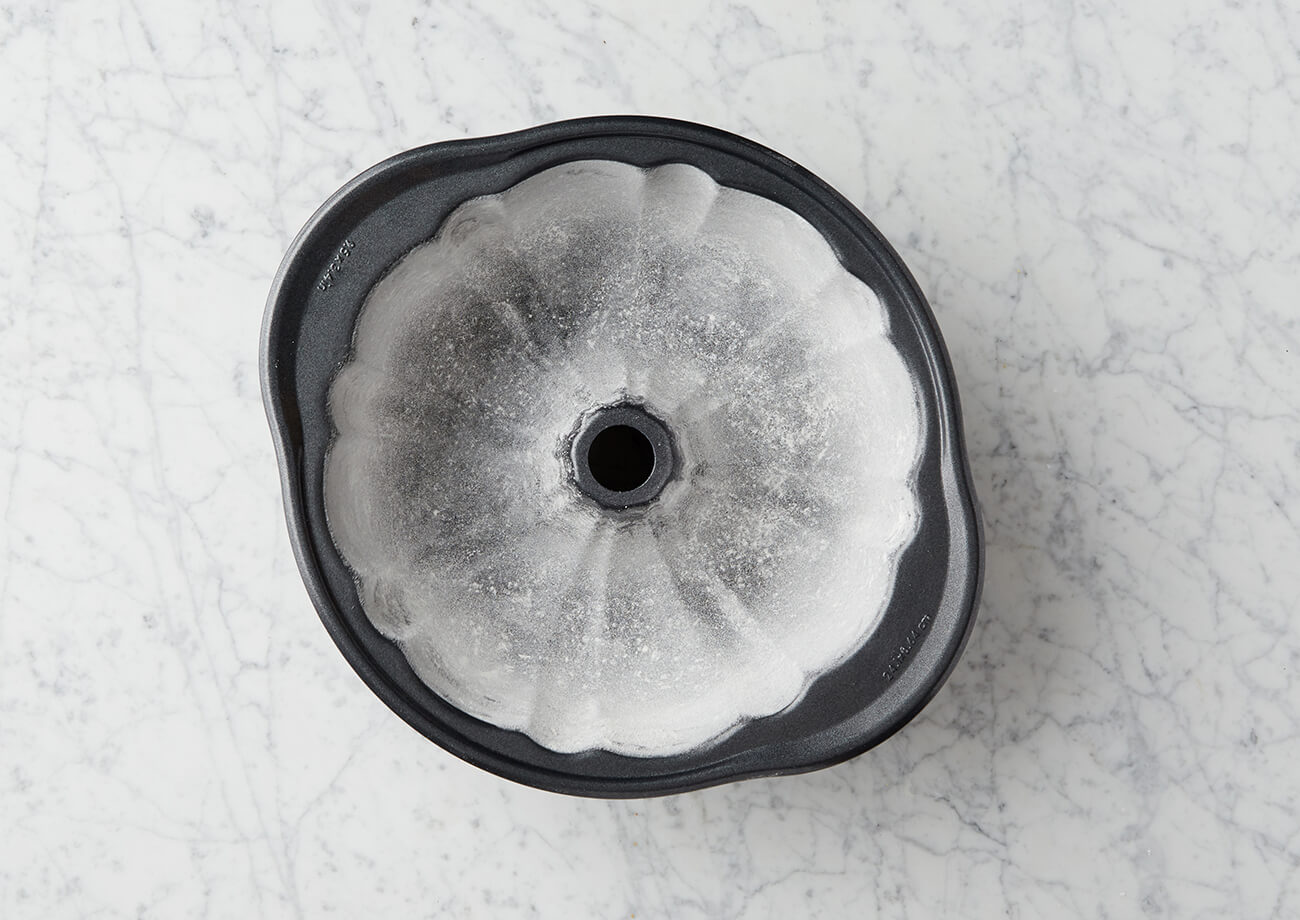 BUTTER & FLOUR
Rub a tablespoon or less of butter on the inside of a baking pan until it is completely coated; don't miss corners and edges. Add a few tablespoons of all-purpose flour. Tip and tilt the pan with one hand and tap with the other to make sure flour dusts all surfaces, then dump out excess.
BUTTER & FLOUR
Rub a tablespoon or less of butter on the inside of a baking pan until it is completely coated; don't miss corners and edges. Add a few tablespoons of all-purpose flour. Tip and tilt the pan with one hand and tap with the other to make sure flour dusts all surfaces, then dump out excess.
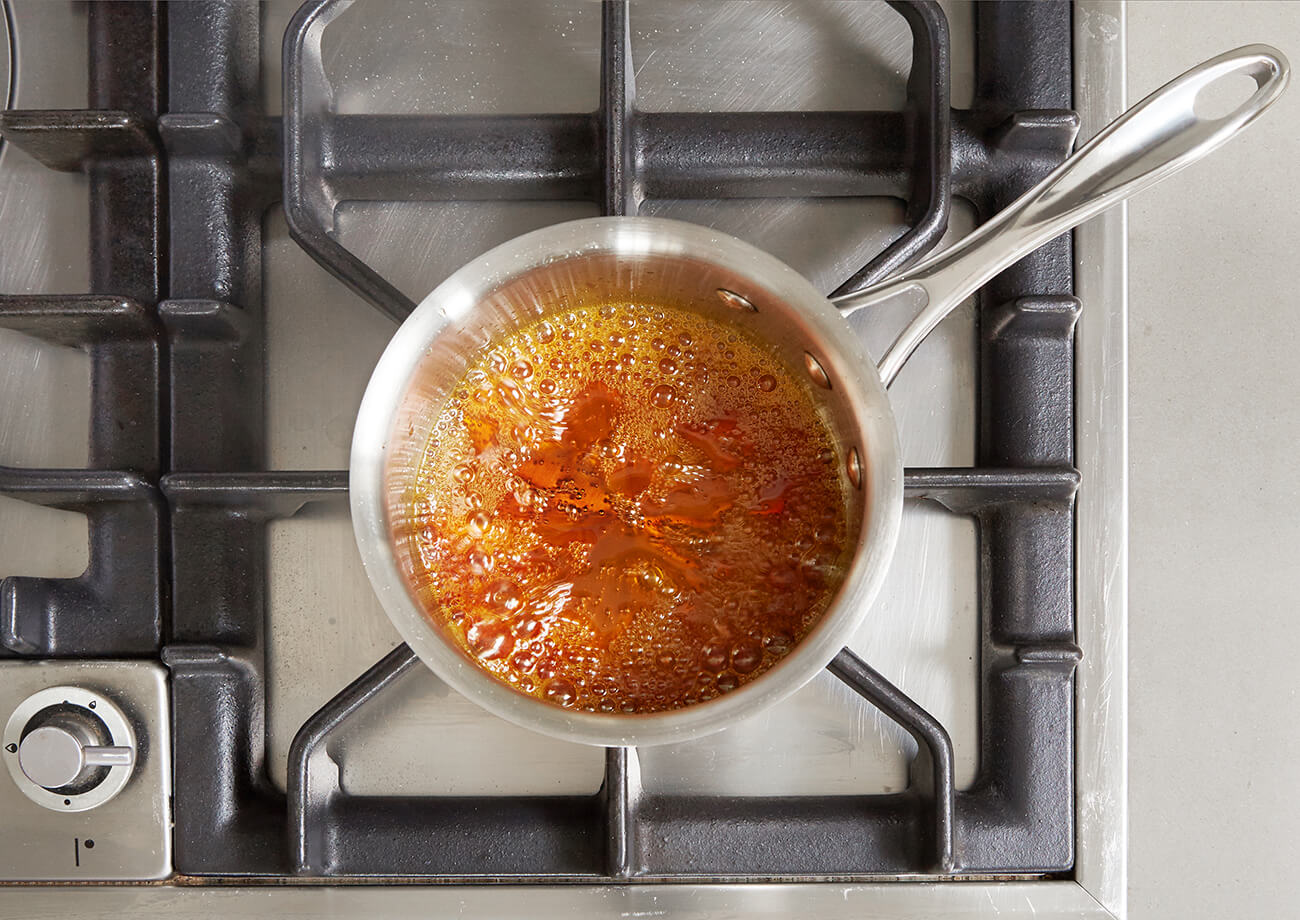 CARAMELIZE
To heat food until sugars melt and turn a rich golden-brown color.
CARAMELIZE
To heat food until sugars melt and turn a rich golden-brown color.
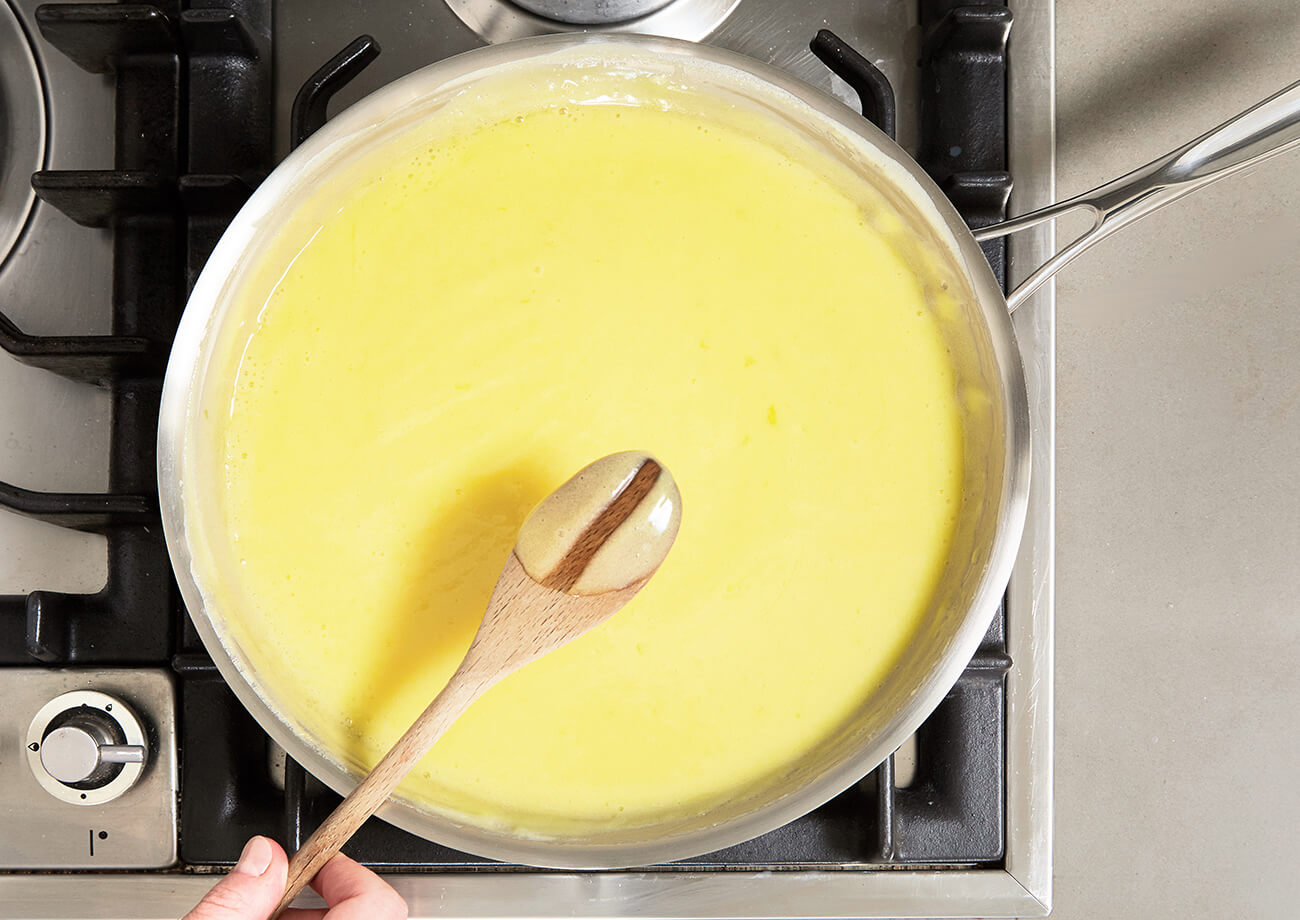 COAT A SPOON
When a thin, even film covers the back of a wooden spoon after it has been dipped into a cooked mixture. If a finger is dragged on the spoon and the mixture does not come back together, it’s done cooking.
COAT A SPOON
When a thin, even film covers the back of a wooden spoon after it has been dipped into a cooked mixture. If a finger is dragged on the spoon and the mixture does not come back together, it’s done cooking.
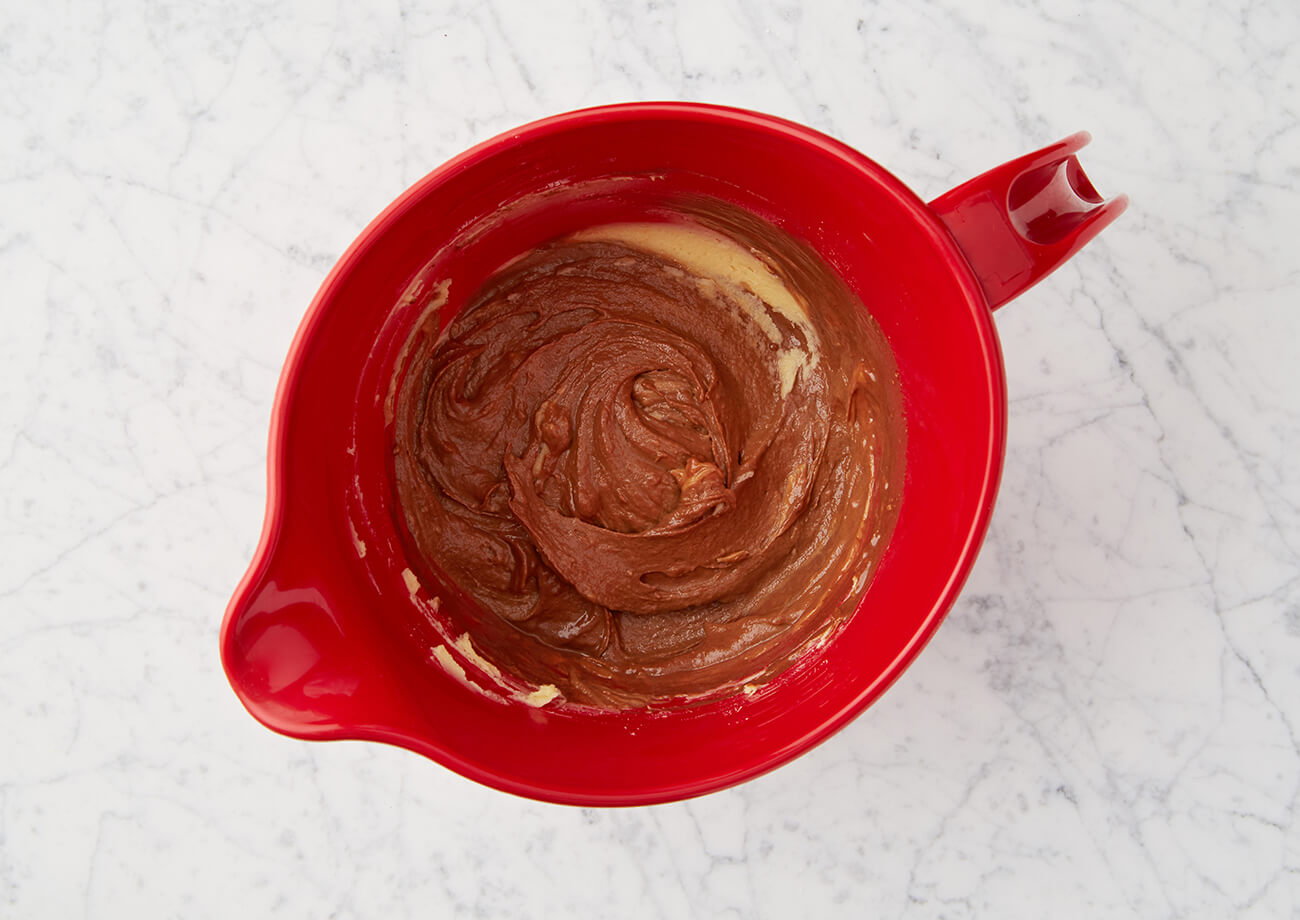 COMBINE
To stir together two or more ingredients until mixed.
COMBINE
To stir together two or more ingredients until mixed.
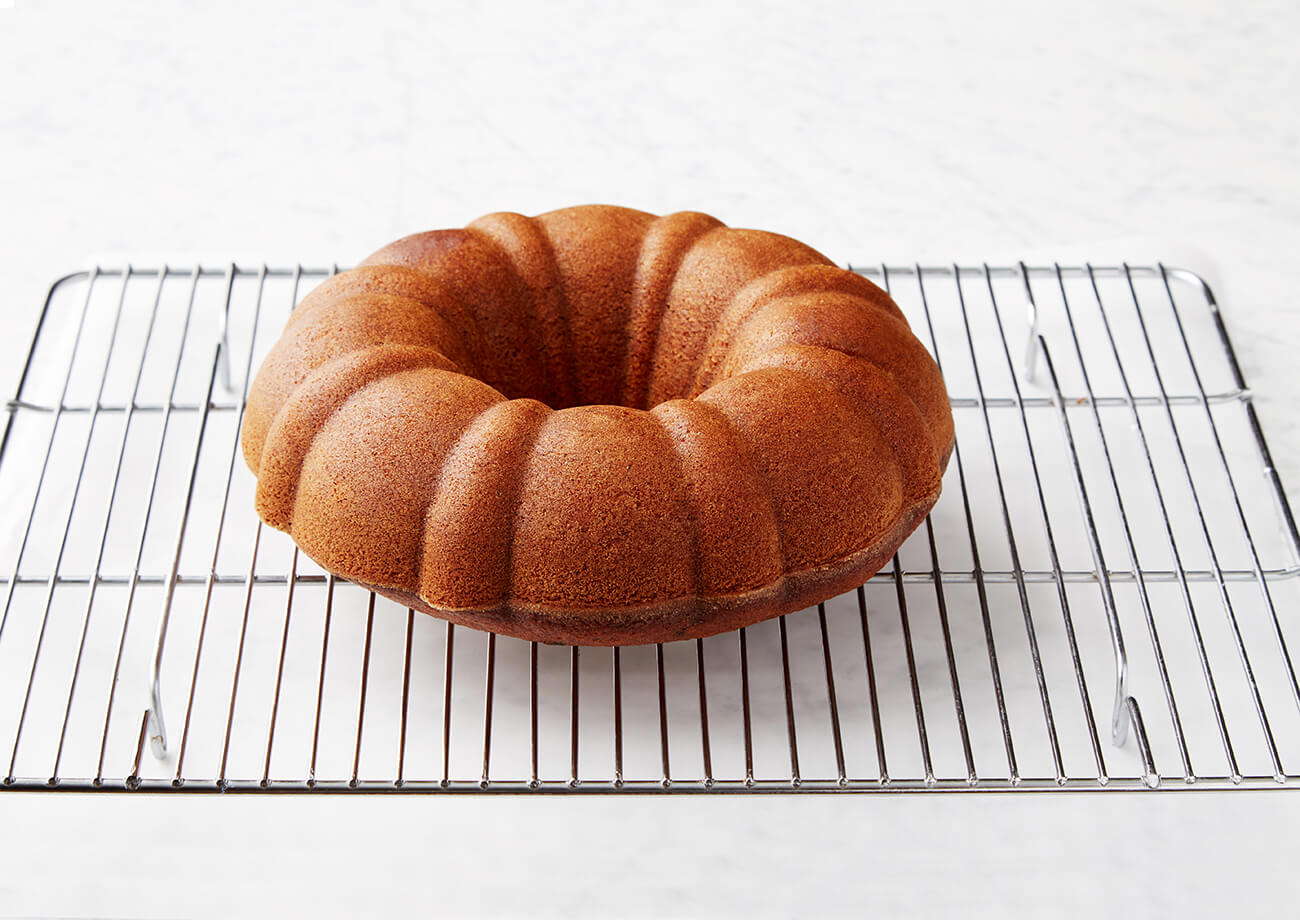 COOL
To allow a mixture or final product to come to room temperature.
COOL
To allow a mixture or final product to come to room temperature.
 CREAM
To beat one or more ingredients until the mixture is smooth and fluffy. Usually this includes butter, sugar, and/or eggs.
CREAM
To beat one or more ingredients until the mixture is smooth and fluffy. Usually this includes butter, sugar, and/or eggs.
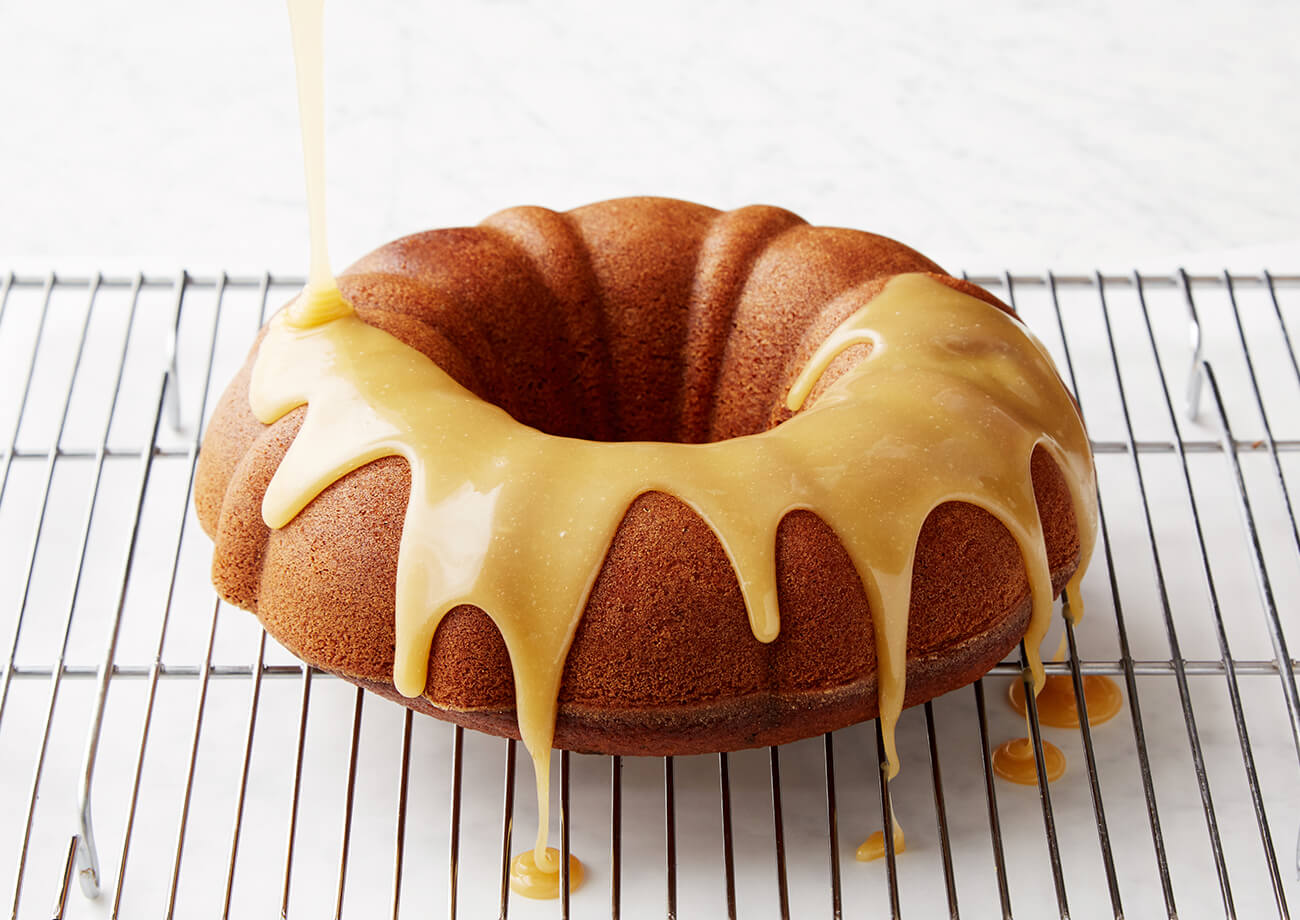 DRIZZLE
To drip a glaze or icing over food in thin, even layer, using the end of a spoon or lip of a bowl.
DRIZZLE
To drip a glaze or icing over food in thin, even layer, using the end of a spoon or lip of a bowl.
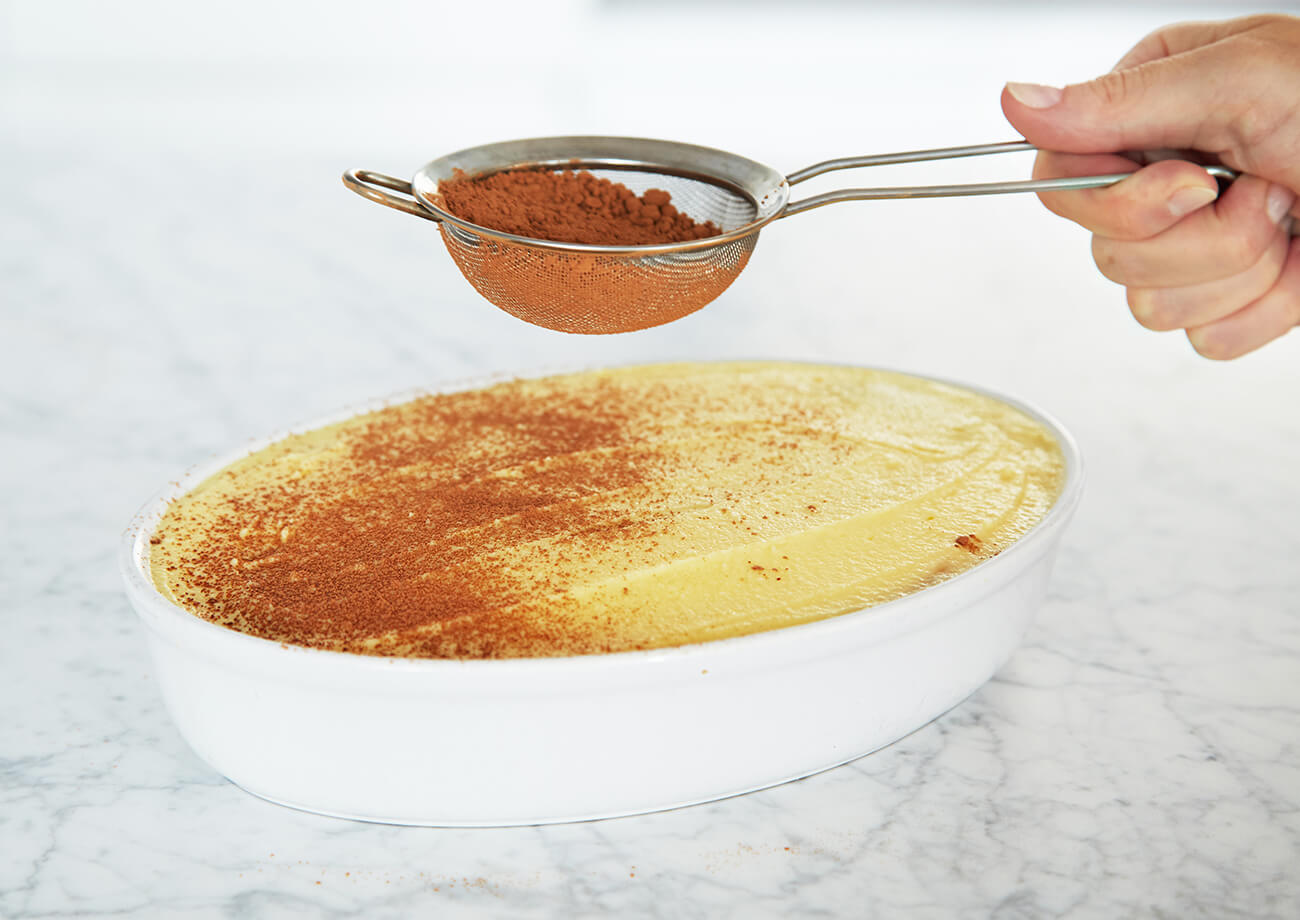 DUST
To sprinkle lightly with sugar, flour, or cocoa. This is best done with a sieve or sifter, but you can also use your hands if it doesn't need to be precise.
DUST
To sprinkle lightly with sugar, flour, or cocoa. This is best done with a sieve or sifter, but you can also use your hands if it doesn't need to be precise.
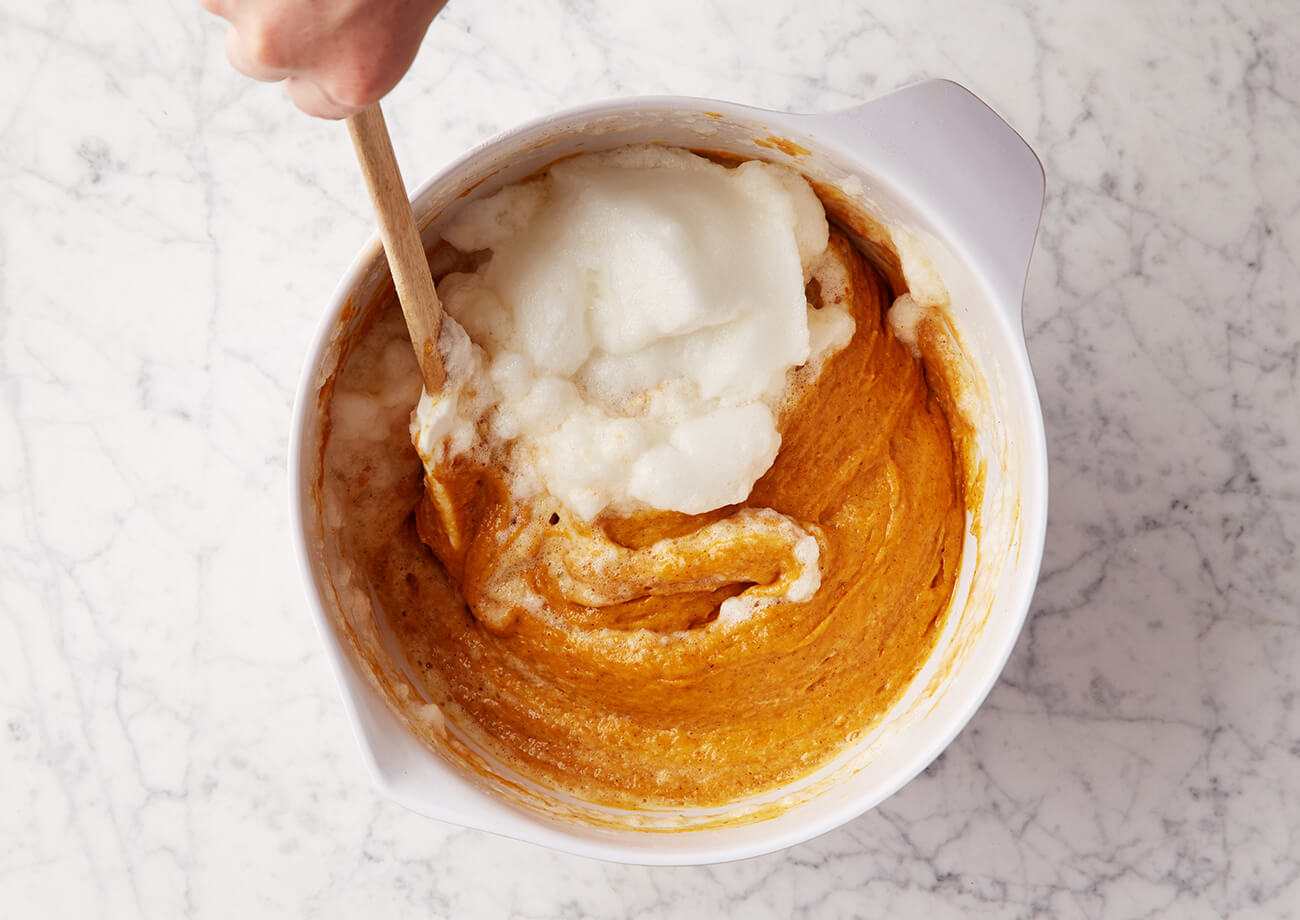 FOLD
To combine two substances gently in an effort to maintain a fluffy texture. (Whipped cream or egg whites, for instance, will deflate if stirred.) Using a spatula, cut down through the center of the two mixtures and slowly bring the bottom, heavier mixture back up to the top; think of it as a "down-across-up-and-over motion." This should be done a few times in order to fully incorporate both mixtures.
FOLD
To combine two substances gently in an effort to maintain a fluffy texture. (Whipped cream or egg whites, for instance, will deflate if stirred.) Using a spatula, cut down through the center of the two mixtures and slowly bring the bottom, heavier mixture back up to the top; think of it as a "down-across-up-and-over motion." This should be done a few times in order to fully incorporate both mixtures.
GLAZE
To coat a cake or tart with a liquid, thin icing, or jelly before or after it is baked.
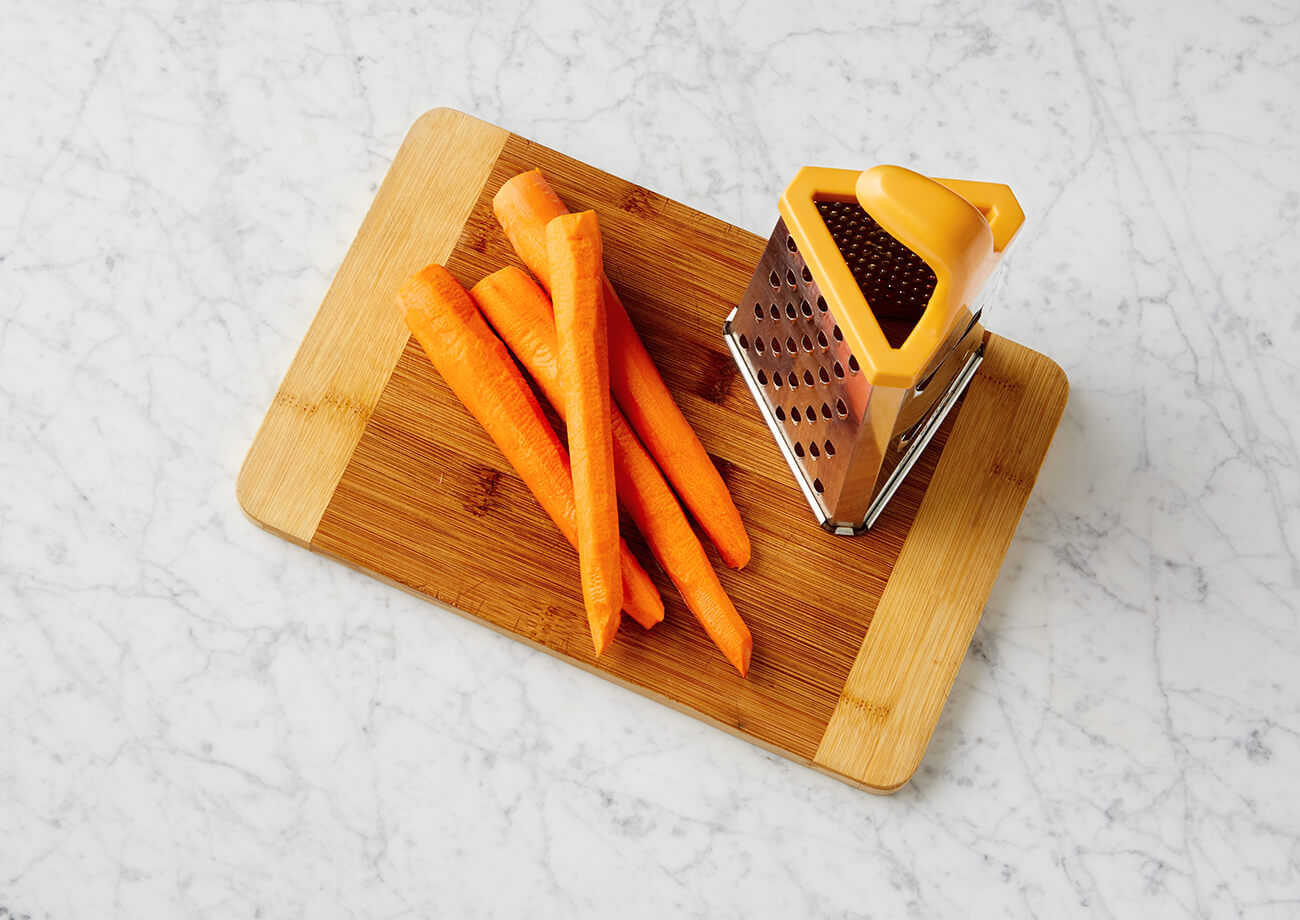 GRATE
To shred with a handheld grater or food processor.
GRATE
To shred with a handheld grater or food processor.
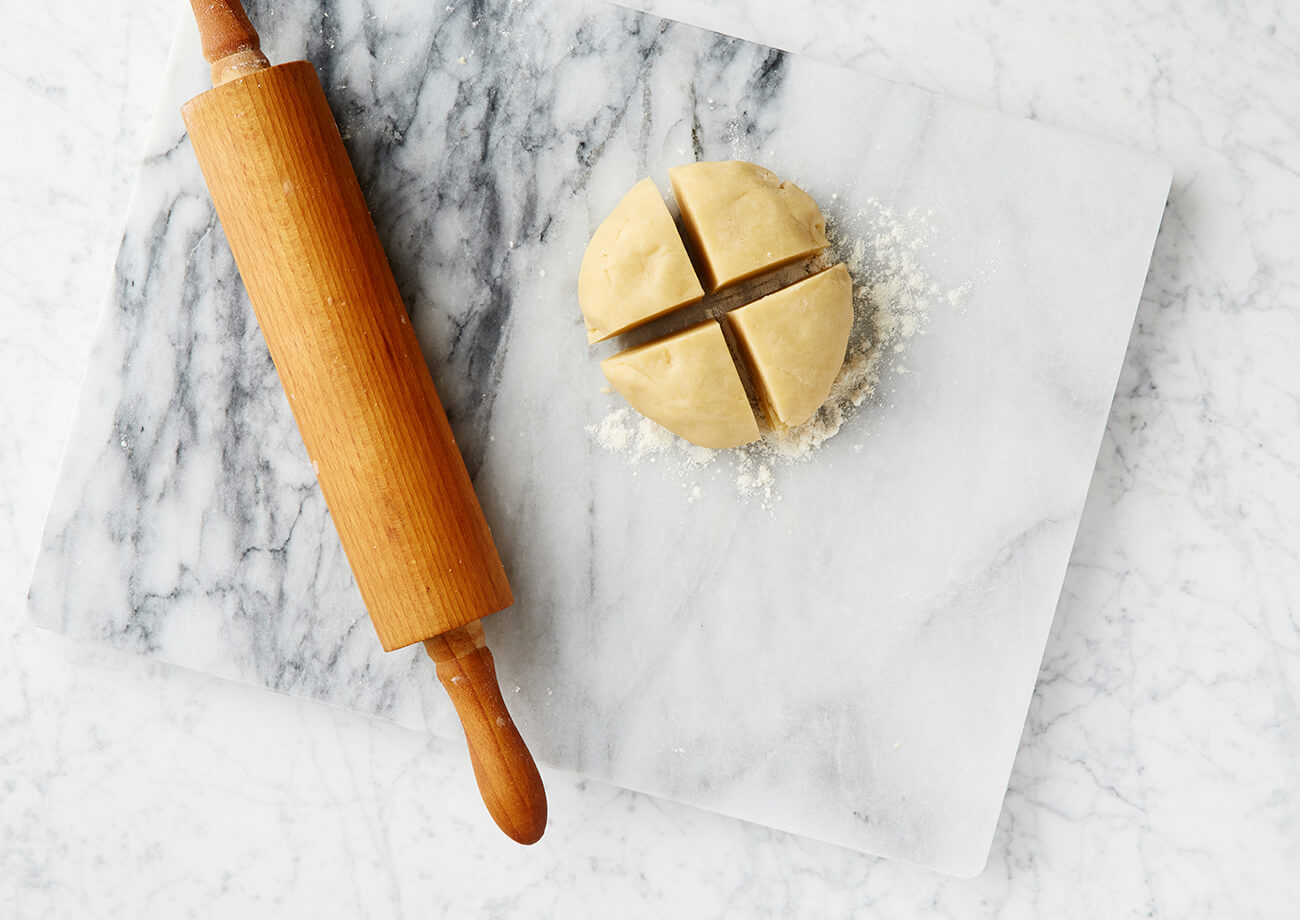 KNEAD
To fold, push, and turn dough to produce a smooth, elastic texture.
KNEAD
To fold, push, and turn dough to produce a smooth, elastic texture.
 MIX UNTIL JUST COMBINED
To stir ingredients together until they are just barely, but fully, combined. This is to prevent over-mixing.
MIX UNTIL JUST COMBINED
To stir ingredients together until they are just barely, but fully, combined. This is to prevent over-mixing.
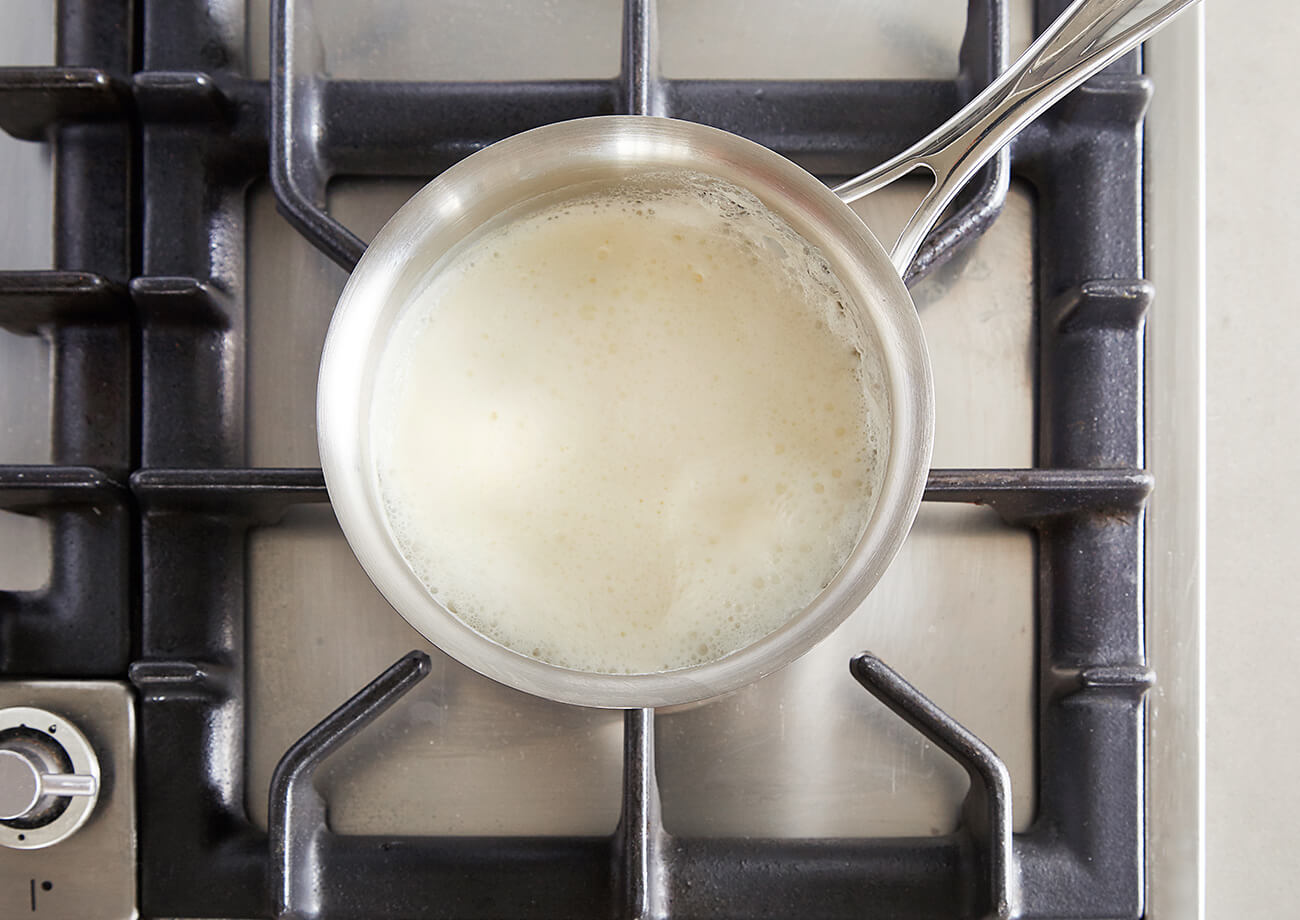 SCALDING
When one heats a mixture or liquid to just below the boiling point.
SCALDING
When one heats a mixture or liquid to just below the boiling point.
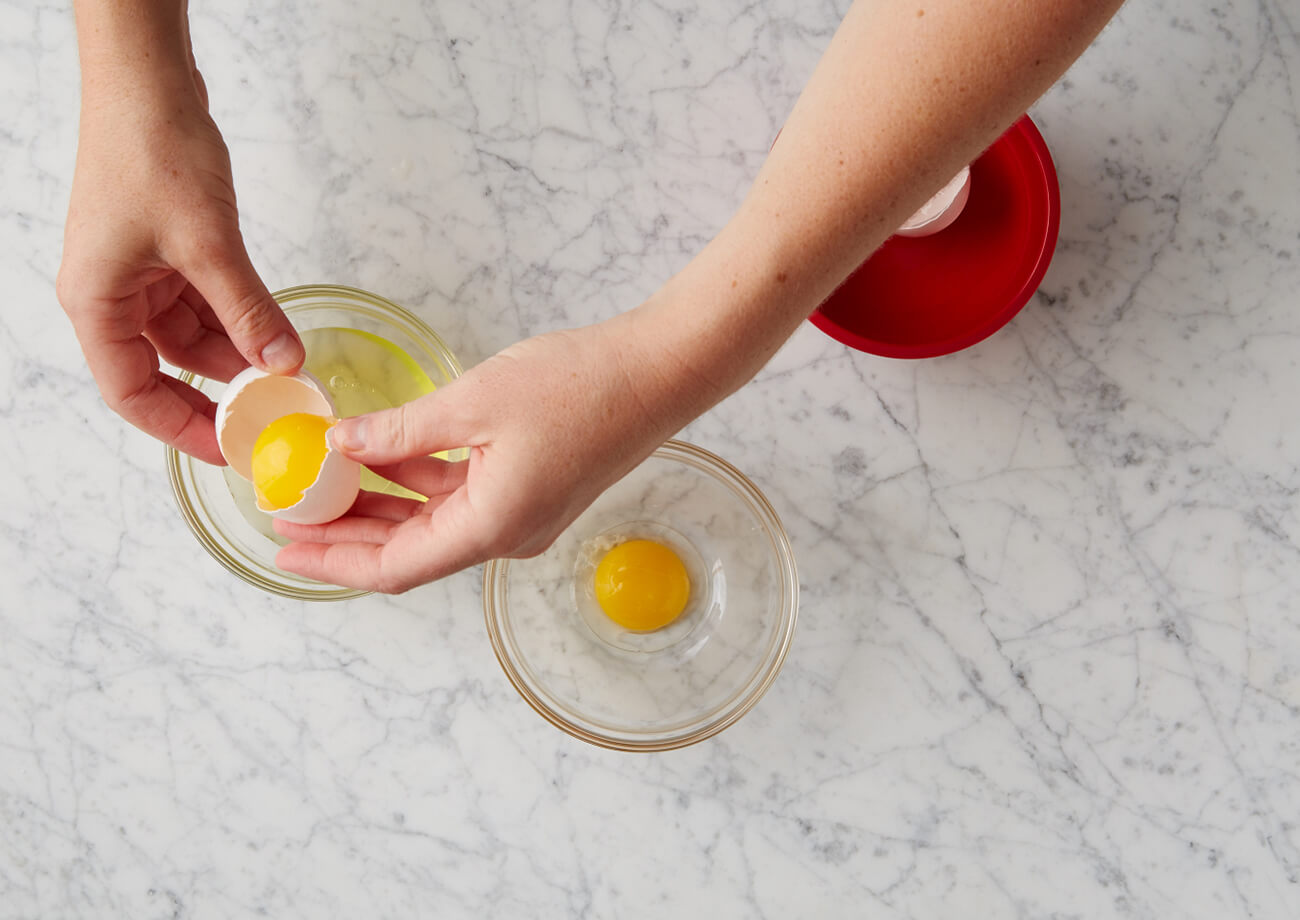 SEPERATING EGGS
Crack Egg Open, Separate Yolk Using The Shell
Break the egg in half along its widest part. Hold both halves broken side up. One of them should have egg white and yolk, and the other only egg white. Empty the egg whites without yolk into a bowl. Slide the yolk from the other half-shell into the emptied shell, taking with it as small an amount of egg white as possible. Pay attention to the yolk and try not to pierce it at the jagged shell edges. Repeat until there is no longer any separable egg white remaining. Don’t fret – it’s OK to have a tiny amount of whites with the yolks. Nobody’s perfect!
SEPERATING EGGS
Crack Egg Open, Separate Yolk Using The Shell
Break the egg in half along its widest part. Hold both halves broken side up. One of them should have egg white and yolk, and the other only egg white. Empty the egg whites without yolk into a bowl. Slide the yolk from the other half-shell into the emptied shell, taking with it as small an amount of egg white as possible. Pay attention to the yolk and try not to pierce it at the jagged shell edges. Repeat until there is no longer any separable egg white remaining. Don’t fret – it’s OK to have a tiny amount of whites with the yolks. Nobody’s perfect!
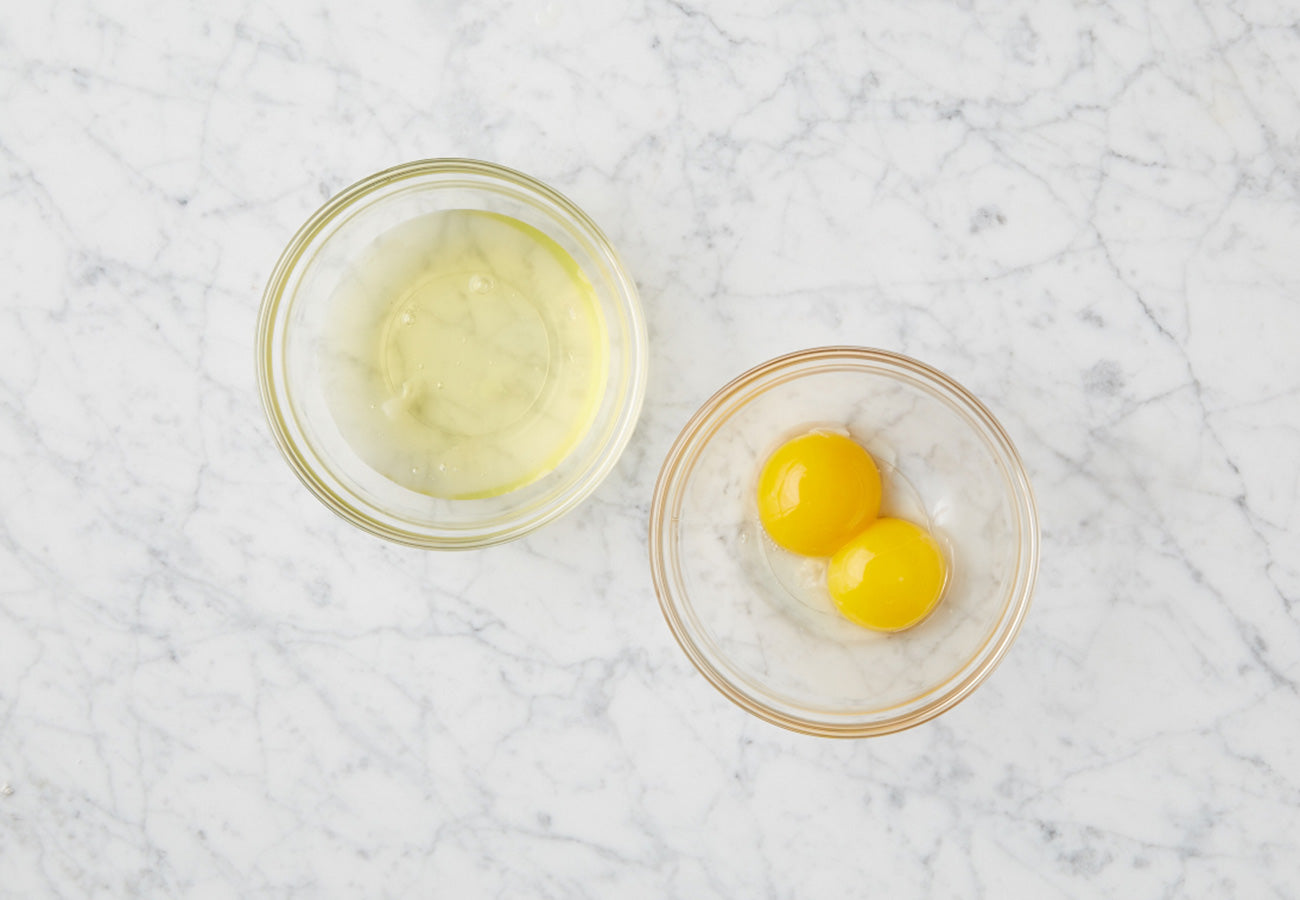 SEPERATING EGGS: METHOD #2
Use Your Hands to Separate Egg Whites from Yolks
Break the egg in half into a clean hand over a bowl. Hold your fingers a little bit apart and let the white slip through, leaving the yolk in your hand. Place yolk in another bowl.
SEPERATING EGGS: METHOD #2
Use Your Hands to Separate Egg Whites from Yolks
Break the egg in half into a clean hand over a bowl. Hold your fingers a little bit apart and let the white slip through, leaving the yolk in your hand. Place yolk in another bowl.
 SOFTENED
To leave butter or cream cheese out in room temperature so that it is soft enough for easy blending, but not melted.
SOFTENED
To leave butter or cream cheese out in room temperature so that it is soft enough for easy blending, but not melted.
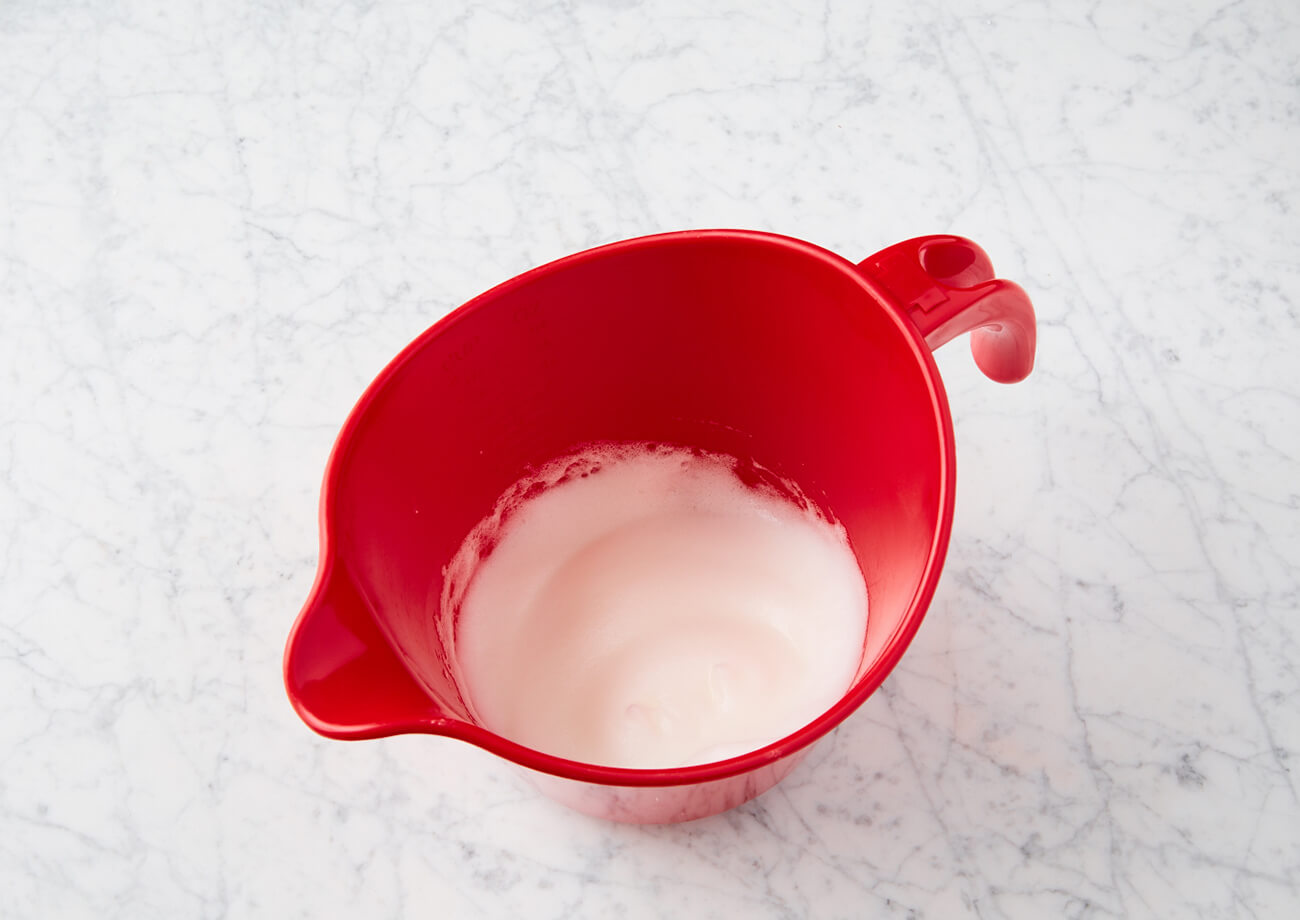 SOFT PEAKS
When egg whites or whipping cream is beaten until they form soft, rounded peaks when the beater or whisk is lifted up.
SOFT PEAKS
When egg whites or whipping cream is beaten until they form soft, rounded peaks when the beater or whisk is lifted up.
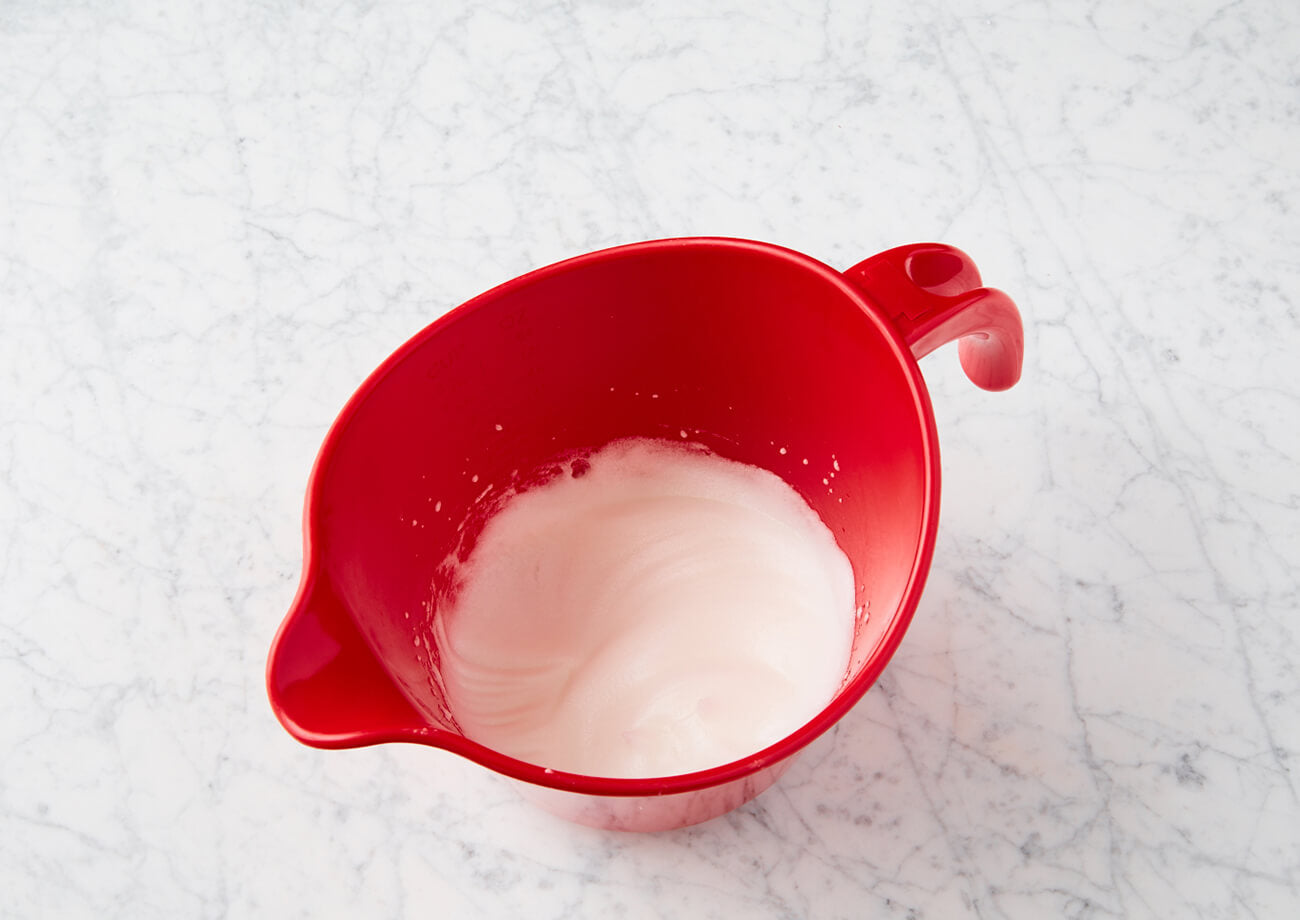 STIFF PEAKS
When egg whites or whipping cream is beaten until it holds stiff, pointed peaks when the beater or whisk is lifted up.
STIFF PEAKS
When egg whites or whipping cream is beaten until it holds stiff, pointed peaks when the beater or whisk is lifted up.
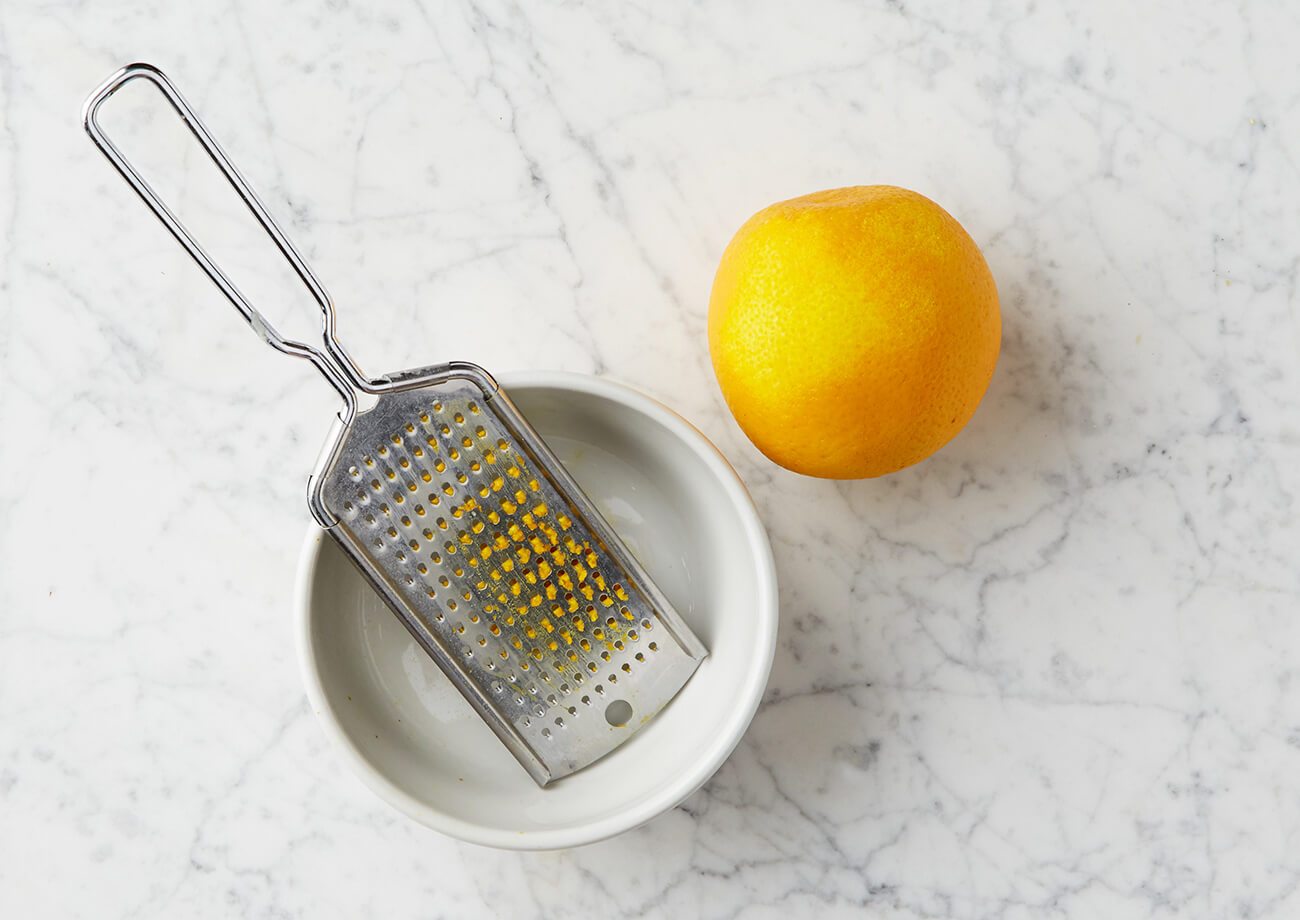 ZEST
To grate the peel of citrus fruits such as lemons, limes, oranges, and grapefruits. This releases the concentrated flavors that reside in the oils of the fruit’s skin. Use the small angled-hole side of a box grater and rub lightly to avoid getting the white pith. For broader strips of zest, use a peeler or a sharp knife to cut away the skin.
ZEST
To grate the peel of citrus fruits such as lemons, limes, oranges, and grapefruits. This releases the concentrated flavors that reside in the oils of the fruit’s skin. Use the small angled-hole side of a box grater and rub lightly to avoid getting the white pith. For broader strips of zest, use a peeler or a sharp knife to cut away the skin.